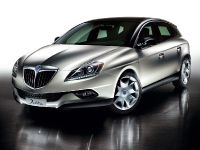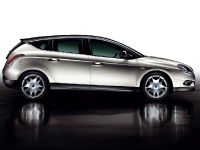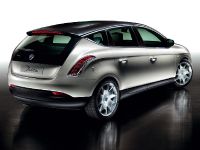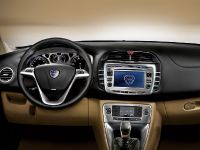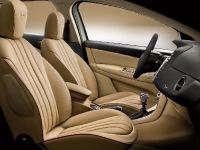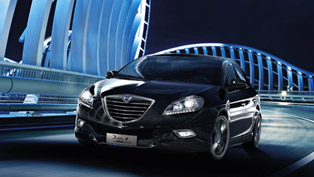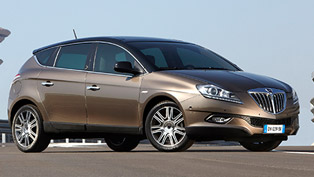Lancia Delta
The Lancia Delta is born in the autumn of 1979, in 1980 it is voted "car of the year" by a jury of specialized journalists. The bodywork has a strong personality, the engine is high-performance, and the model represents a true generation leap, both in terms of the global concept of the vehicle, and for its engineering, style and quality. It's not by chance that the public finds in the delta excellent performance, care in the finish and the generosity of the materials typical of the great Lancia's.The two-volume body-line owes its debt to the pen of Giorgetto Giugiaro, who gives life to a trapezoidal form with very angular contours. Among the original features are the front and rear bumpers which include the grills made in polyester resin reinforced by glass fibres.
The mechanical architecture is made-up by a front-wheel traction with transverse engine, suspension with four independent wheels, braking system with two crossed circuits and rack and pinion steering. There are two power units available on launch: 1.3 with 75 HP and a 1.5 with 85 HP. Both are fitted with a cam shaft controlled by a toothed belt. The cylinder head is a light alloy casting.
Taken as a whole, the Delta comes across as a compact and elegant car, less than 4 metre long. We are in 1979, and the Delta, a small family car, offers the accessories of a luxury car (including, for example, electric windscreen wipers). The idea of a vehicle with innovative style and features typical of top of the range models, is introduced by Lancia as a compact saloon which received immediate widespread approval from the public and critics alike.
Began in Lingotto, a factory in Turin, production of the Delta is then transferred to the Chivasso plant, which is host to most advanced spray systems in the world. An electronic control system for working on the body and an automated plant which ensures total quality of sub-assemblies. From here roll out the "personalized" LX versions, and in 1982 the Delta GT with a 1.6 105 HP engine. The car is fitted with four disc brakes with brake servo. Top-speed is 180 km/h.
In 1983, four years after the debut, the Delta HF Turbo is born. It's the first standard Lancia car with turbo. The engine is still 1585 cc, but it delivers 130 HP, for a top speed of 190 km/h.
Three years later, in 1986, the model range is renewed and broadened: with a Delta GT electronic injection 108 HP, 2.0 turbo 80 HP, HF Turbo injection (140 HP) and HF 4WD. The latter, together with the Prisma 4WD, marks the entry of Lancia in the 4WD saloon segment. It is fitted with a two litre 165 HP engine (top speed 208 km/h) and advanced mechanics. The traction system includes front differential, epicyclic central differential which distributes torque asymmetrically (56% to the front axle and 44% to the rear), a viscous Ferguson joint applied to the central differential and a Torsen ("torque sensing") differential at rear, an intelligent device which distributes torque between the two wheels depending on adhesion without completely locking the two half shafts. In this way the Delta HF 4WD can transfer to the ground all the engine power in the correct manner. The result is a vehicle with great motricity on low-adhesion surfaces and excellent road handling at high speeds. In subsequent years, the all-wheel drive Delta is made even more appealing by a series of styling and technical improvements, especially dictated by demands from the world of competition. Between 1987 and 1992 the Delta sport models are six time winners of the World Rally Championship
